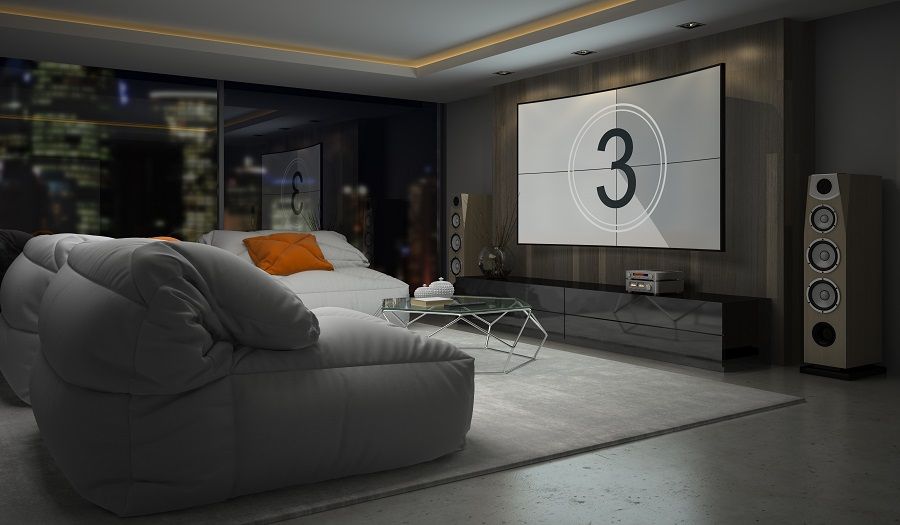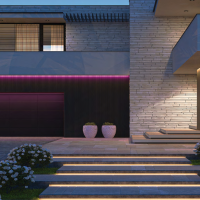
You’ve wanted a dedicated space in your Seattle home for movies and shows for a while, and you’re finally ready to take on the project. Maybe you’ve purchased some gear, picked out couches online, and already have a lineup of films you’re going to enjoy once the setup is complete.
But before you get started on your media room or home theater design, be sure to steer clear of the following common design mistakes if you really want a high-performance and immersive entertainment room. And if you begin to feel overwhelmed, don’t worry—our home theater experts are here to help.
SEE ALSO: Looking for Ways to Enhance Your Home Theater Design?
Choosing the Wrong Room Size
If you’re building a space for your home theater from scratch, then you’ll have the flexibility to choose your room dimensions. But if you’re transforming an existing room into your home theater, then try to steer clear of square or oval rooms, which will distort your audio. Instead, choose a rectangular room with walls that are longer than they are wide. This layout will result in better viewing and sound quality.
Installing the Display First
Before you buy a display, you’ll need to do some measuring to ensure your seating can accommodate the screen size. No one wants to strain their neck while watching a movie.A general rule of thumb, according to THX, is to divide your screen diagonal measurement in inches by 0.84 to get your viewing distance in inches.So, a 100” screen would ideally need to be 84 inches (or 7 feet) from your seats.
Foregoing Acoustic Treatment
The room you choose to turn into your home theater may have lots of windows, or perhaps you’re using a basement with concrete walls. These surfaces are detrimental to sound quality and will need to be countered with proper acoustic treatments to reduce sound reflections, such as drywall in the basement or heavy drapery on the windows. You may need acoustic panels and bass traps as well.
Disregarding Ambient Light
If your display will be a projector and screen, you’ll need ample control over light in the room to avoid washing out your picture. Depending on your environment, it may be best to install blackout window shades to eliminate incoming sunlight or streetlight. You may also benefit from an ambient light-rejecting screen, which helps to maintain a sharp, bright image regardless of ambient light in the room.
Using Standard Couches and Chairs
Excited to watch Zach Snyder’s Justice League? Maybe you’re about to hunker down and binge the last season of Vikings. These features are several hours long and require seating for long-lasting comfort. Seats made specifically for home theaters and media rooms are designed with deeper seat pans, supportive head and footrests, and custom reclining capability for a versatile range of motion.
These are only a few of many design mistakes you can avoid when you choose to work with aprofessional home theater designer and installer like Wipliance instead. If you truly want a high-performance theater or media room that lasts for years, put your project in our hands.
For a free consultation, contact us here or send us a message in the chat box below.
Like these tips on home theater design? Subscribe to our monthly newsletter to keep up with fresh tips, tricks, and trends in smart technology and entertainment!






